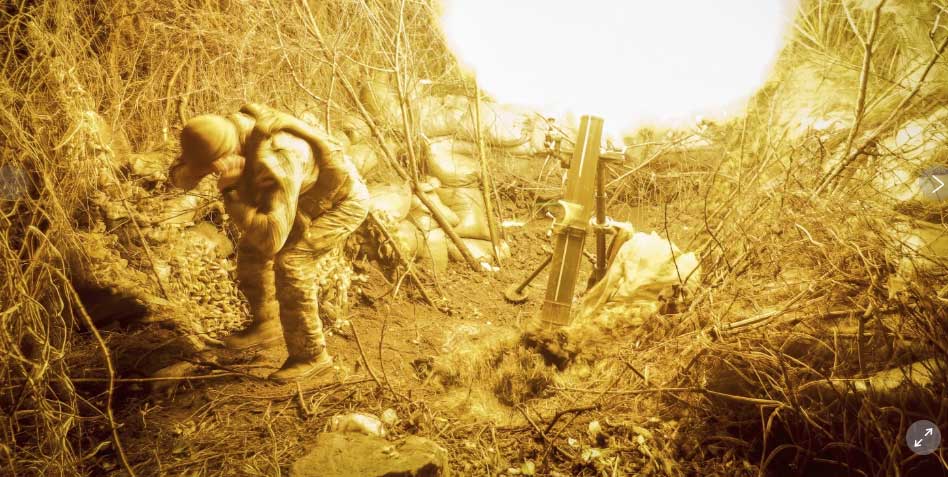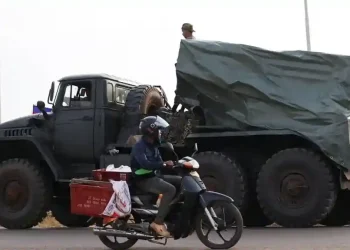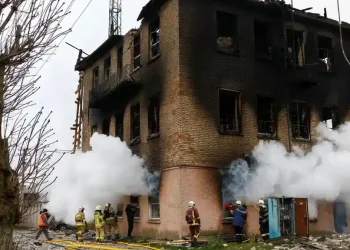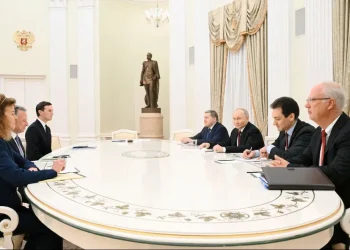Russia Launches Intercontinental Ballistic Missile at Ukraine Amid Escalating Conflict
Ukraine has reported that Russia launched an intercontinental ballistic missile (ICBM) at Dnipro, a city in central-east Ukraine, marking the first time such a missile has been used in the ongoing conflict. According to a statement from Ukraine’s air force on Thursday, the missile was launched from Russia’s Astrakhan region, located near the Caspian Sea.
Alongside the ICBM, Russia also fired eight other missiles at Ukraine, but Ukrainian forces managed to intercept and shoot down six of them. The attack wounded two individuals and caused damage to an industrial facility and a rehabilitation center for people with disabilities.
Although the use of an ICBM against Ukraine may seem excessive given its long range, the missile’s potential to carry nuclear warheads underscores Russia’s nuclear capabilities. This attack serves as a stark reminder of the escalating risks in the conflict. The timing of this missile launch follows closely after Russian President Vladimir Putin signed an updated nuclear doctrine that lowers the threshold for Russia’s use of nuclear weapons.
In a response to escalating attacks, Ukraine fired several American-supplied long-range missiles, including U.K.-made Storm Shadows, into Russia. The Russian Defense Ministry claimed to have intercepted two Storm Shadow missiles, six HIMARS rockets, and 67 drones, though it did not specify the locations or targets of these interceptions.
The war has continued to expand in scope, with the arrival of North Korean troops aiding Russia on the front lines. This development has prompted a shift in U.S. policy, allowing Ukraine to fire longer-range missiles into Russia. In retaliation, the Kremlin has threatened further escalation.
Putin has warned the U.S. and NATO that such actions could be considered as acts of war, and his new nuclear doctrine broadens the conditions under which Russia could consider using nuclear weapons—even in response to conventional attacks supported by a nuclear power. However, the doctrine remains vague, allowing Putin flexibility in how he might use nuclear threats in the future.
This article was rewritten by JournosNews.com based on verified reporting from trusted sources. The content has been independently reviewed, fact-checked, and edited for accuracy, neutrality, tone, and global readability in accordance with Google News and AdSense standards.
All opinions, quotes, or statements from contributors, experts, or sourced organizations do not necessarily reflect the views of JournosNews.com. JournosNews.com maintains full editorial independence from any external funders, sponsors, or organizations.
Stay informed with JournosNews.com — your trusted source for verified global reporting and in-depth analysis. Follow us on Google News, BlueSky, and X for real-time updates.














